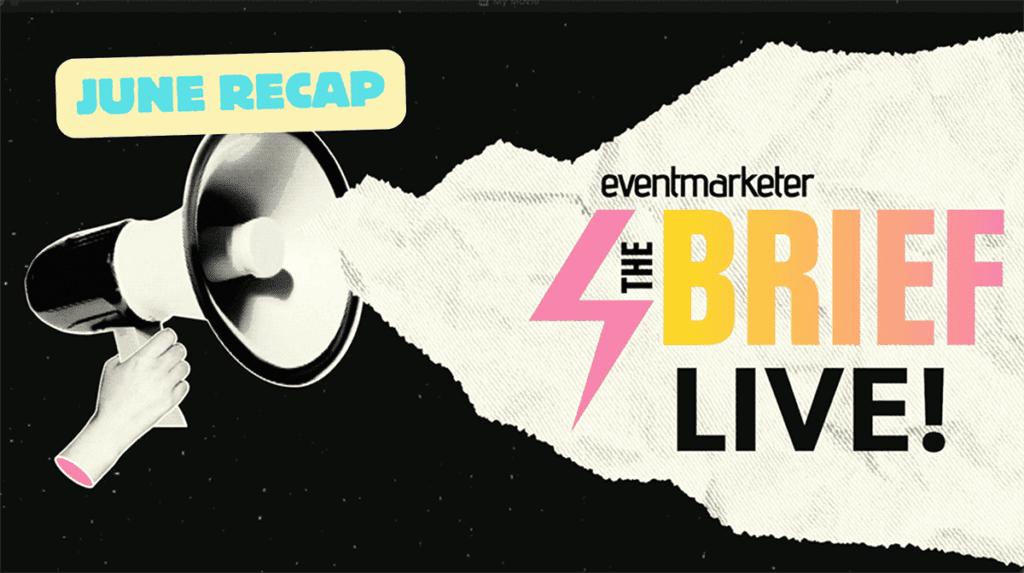Many companies try to coincide new product releases and/or news releases around Ad:tech New York. And each year we can almost count on something noteworthy occurring during this period. Unfortunately, several of the most noteworthy story lines to emerge during ad:tech have nothing to do with the careful planning of a company’s marketing department. Those relying on Google traffic for performance-based offers will remember a few years ago when Google unveiled one of its first major Quality Score updates, where you had better luck finding people with laptops and phones in hand not beer as they performed CPR on their campaigns. The same is true this year, although for a change the issue at hand does not involve Google, and surprisingly enough, it does not involve fake blogs, although there are some similarities, namely the role of performance-based marketing in online monetization. It is the classic tale in performance-based marketing of those who understand monetization pairing up with underdeveloped traffic sources. Generally, this pairing is accidental and more or less under the radar.
Setting the Stage. Literally.
Those who attended the Virtual Goods Summit in San Francisco might have witnessed a unique verbal sparring between two Silicon Valley names – one the founder and chief muckraker of the most well read internet / technology publication, the other, a co-founder of a platform company at the heart of social media monetization with a large exit already under her belt. During the exchange, Michael Arrington seemed to have had a recent revelation regarding the monetization of social media space, and what he "discovered" is not new to those in the performance marketing space, but it emboldened a sense of urgency to report on his findings. To paraphrase his words, he told his sparring partner and the rest of the audience that it’s a topic he will be writing a lot about, and true to his word, he did. It’s an exchange that will live on in infamy for those who geek out on this stuff, because while fewer than one hundred people saw it in person, the video made its way to YouTube has been watched 21,000+ times. Nothing new to those operating in the space, it could become an unintended watershed moment for the space as a whole.
Accidental Bed Fellows
Before talking about the fallout from the verbal exchange during that show, it’s necessary to understand how it even came to be. It is due to the unintended intersection between social media monetization and certain types of performance marketing. Thinking about performance marketing reminds me of the often quoted line from ‘Field of Dreams.’ "If you build it they will come." Such appears to describe how performance marketers work. They are the trailblazers of many forms on online inventory. Have traffic, and in their quest to mine new lands, if there is traffic, they will try to monetize it. And, like any settler, when the place they helped explore grows and matures, sometimes there is a place for the person who settled it, sometimes not. That has been the case for just about every form of online advertising so far – from display, email, search, social, etc. Each is at a different stage of maturity. In each performance marketing plays a different role. Social media being the newest of the large scale inventory sources is still in the early stages of this process.
Historically, performance marketers and those directly responsible for the monetization of a new form of inventory don’t always work together directly. It usually involves performance marketers trying to make money by buying ads while the inventory owners figure out ways to control the performance marketers. That’s certainly been the case with the self-service inventory on Facebook. Since its inception, performance marketers’ activity has led to a variety of updates to the Facebook advertising guidelines. Focusing again on Facebook, what those active in performance marketing and even more so those whose businesses directly involve the social media space know is that there are really two worlds on Facebook. There is the inventory that Facebook controls directly, and then there is the inventory that Facebook has enabled but that others control. That inventory, the application inventory, has two forms – display ad units and the less intuitive but much more lucrative virtual currency ecosystem. Performance marketing ads run on both, but it’s their role in virtual currency / virtual goods application that has come under fire.
The virtual currency / virtual goods ecosystem has a hot sounding name, but at its core, the virtual goods ecosystem involves a repurposing of some of the oldest internet advertising functionality – incentivized marketing. Game markers make money when users either pay to obtain virtual currency or pay by converting on ads, also known as alternative payments. Game makers aren’t incentivized marketers, so specialty platforms exist offering them plug and play solutions to, in effect, charge their users. Game developers could make their games completely free, not putting up any type of pay wall, but as it turns out, adding impediments, in many ways only increases a user’s loyalty rather than causing them to abandon. People value what they have to earn and/or pay for, and this behavior translates into money for the developers. Those with the biggest reach and best use of micro-payments make the most. And, at the heart of this $1bn industry sits performance-based, incentivized ads. The same system that enabled the Free iPod craze and multi-hundred million dollar entities. It’s the same system that enables these newer multi-hundred million dollar entities too.
‘Scamville’
The first piece to come out post Arringtongate was Scamville, a play in words off the top application on Facebook, Farmville. In the piece, Arrington correctly mentions that having an alternative to real cash payments is not a bad thing in and of itself. Users who can’t or don’t want to pay should still have a way to "pay." He has two chief complaints though – one that users end up paying more by taking ads than they would if they just paid, and a related issue with the ads themselves. In his exchange, he classifies users of these alternative payments as either unknowing or out to beat the system. And he blames the applications that monetize well as a reason why other applications can’t succeed. That a well monetizing game can then spend more to acquire new users with Facebook turning a blind eye because these well-monetized games spend so much money with them. That rule makes it harder for user growth so only those who can afford to spend money can grow, and those who can spend money are those who run scammy offers. etc. etc. etc. At the heart of it all, what are we really talking about? Mobile subscription services…again.
 Network
Network

